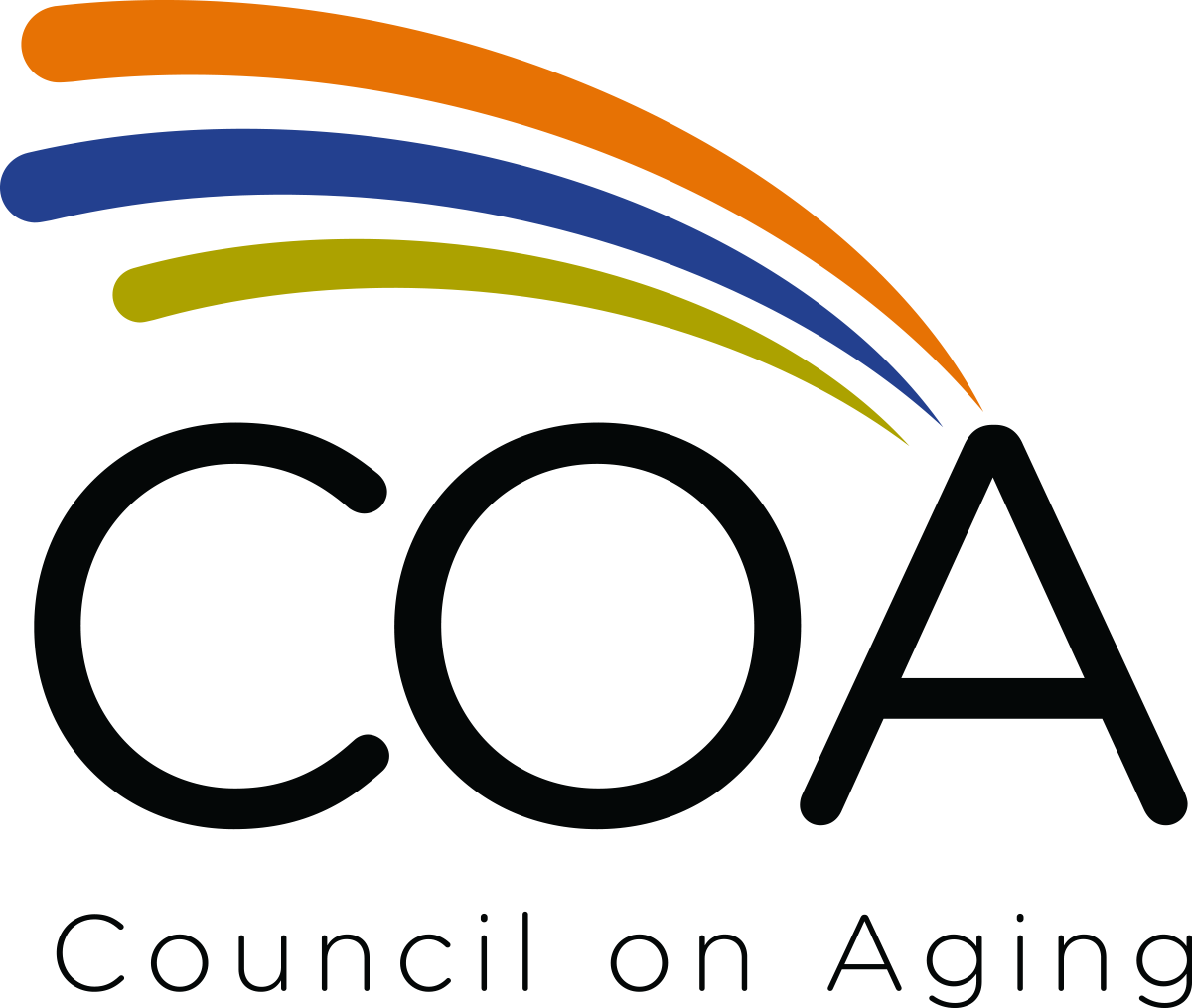 In Japan, the third Monday of September is Respect for the Aged Day. It is a designated public holiday celebrated annually to honor elderly citizens. As part of this celebration, people return home to visit and pay respect to elders. Some volunteer in neighborhoods by making and distributing free lunch boxes to older citizens or provide other caregiving activities.
In Japan, the third Monday of September is Respect for the Aged Day. It is a designated public holiday celebrated annually to honor elderly citizens. As part of this celebration, people return home to visit and pay respect to elders. Some volunteer in neighborhoods by making and distributing free lunch boxes to older citizens or provide other caregiving activities.
In the US, we do not have a day where, as a community, we take the time to help with elderly caregiving. We rely primarily as a nation on paid caregivers, and there are not enough to fill the need.
Elizabeth Eckstrom, Chief of Geriatrics at Oregon Health & Science University in Portland, states, “When I travel around the world, I notice that other places still have a family infrastructure that allows for some elder care. But here in the U.S., it’s very fragmented and almost gone. So, instead we rely on paid caregivers, and there just aren’t enough of them.”
“We are absolutely unprepared,” she states, “to take care of our future aging population.”
Moreover, most projections show that the US is already experiencing a massive shortage in its current caregiving population. The caregiving burden then falls onto family members, who are increasingly stressed.
Consumer U.S. spending reached an estimated $103 billion on home health care last year—a number predicted to reach at least $173 billion by 2026, according to the Centers for Medicare & Medicaid Services (CMS). CMS, veterans’ programs and private health insurance cover a portion of in-home care. This does not account at all for the value of unpaid care provided by family caregivers. The demand for all types of home health care workers has skyrocketed, and the supply cannot keep pace. Individuals who wish to stay at home longer are relying more on family caregivers as there simply aren’t enough paid caregivers available.
According to a study developed by AgingInPlace.org, three-quarters of the respondents found providing care to a family member to be stressful, and more than half found it to be overwhelming. In that same study, it is noted that depression affects 20 to 40 percent of all caregivers. This is compounded by the fact that more and more caregivers are family members who also have full-time jobs in addition to caregiving responsibilities.
When will this crisis hit a boiling point? And what are we doing now to prepare? Council on Aging of Southwestern Ohio has been partnering with local employers to understand the needs of working caregivers. To learn more about this endeavor go here.
As always, we continue our dedication to enhancing quality of life for older adults, people with disabilities, their families and all caregivers. We want to promote choice, independence, dignity and well-being through a range of services that will help people remain in their homes for as long as possible.
